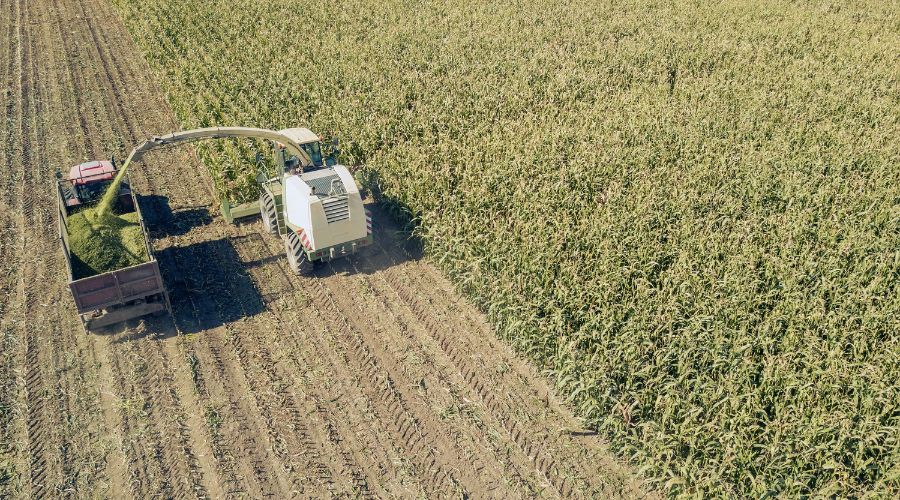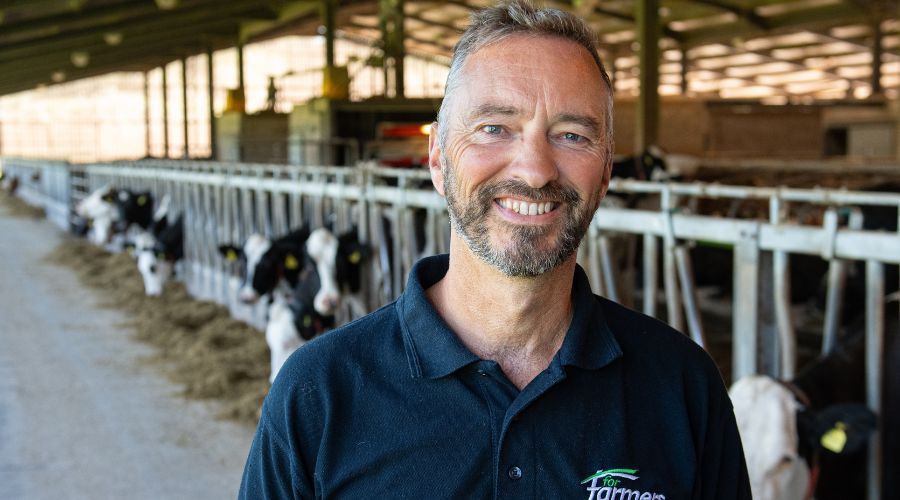Later first cut silage shows effects of poor weather
15th August 2024
Analysis of over 800 of this year’s first cut silage samples shows a huge difference in the quality of silages harvested early (March, April and May) and those harvested later (June onwards), said feed supplier ForFarmers.

Bruce Forshaw, ForFarmers’ product manager, said that early first cuts are struggling for energy levels, compared to silages from 2022 and 2023, and have lower Rapidly Fermentable Carbohydrates.
He added: “Acid loads are also lower, reflecting a high fibre content, which means you might not need to be feeding your usual levels of straw in the diet.”
Analysis for early first cuts shows MELK values, which is the energy actually available for milk production, are not as high as in the last few years.
READ MORE: Harvest 2024: Farmers count the cost of long wet winter
Right supplementation
Mr Forshaw explained: “The really poor weather we had in the spring meant some farmers were unable to take their first cut of silage until June, or even later, and this is reflected in the analysis of this silage.
“Energy levels are low and fibre levels are high, reflecting the older, stemier plants that were harvested. At 941, 2024 first cut MELK values are considerably lower than the average in 2022 (956) and 2023 (966). This drop will convert to real loss of milk across the winter.
“Farmers need to think carefully about the right supplementation to support this poor quality first cut silage.
READ MORE: First 2024 harvest report: Good progress due to drier weather

“Second cut silage analysis is returning similar to those in 2022, but it is still not going to replace what has been lost from first cuts.
“Think about using a CirQlar product to help balance the ration. SelcoPlus or caustic wheat are both cost effective ways to help replace some of that energy in the diet.”
The expert added that this year’s data clearly shows the positive impact silage additive has on quality, particularly on second cuts. Silages that have been produced using additives have higher protein levels, D values and lactic acid.
“When you look at MELK for silages with additive the average is 963, while the average without additive is 930,” explains Bruce. “For an average 200 cow herd that equates to roughly £13,000 extra milk production from the same amount of silage,” Mr Forshaw concluded.
Read more arable news.


